Bananas

Image Source: Reddit
Hold on to your peel because you won’t believe what bananas looked like before. The flesh was full of black seeds, which didn’t make for a great snack. In fact, people would have looked at you funny if you said you ate bananas. Instead, our ancestors would eat the tubers or flowers of the tree.
Avocado

Image Source: Reddit
What would you do if you got an avocado that was more seed than flesh? I know the store attendant wouldn’t have seen the last of me. But that was how wild avocados initially were back in the day (way, way back). Moreover, they were super small and had a massively shorter shelf life.
Corn
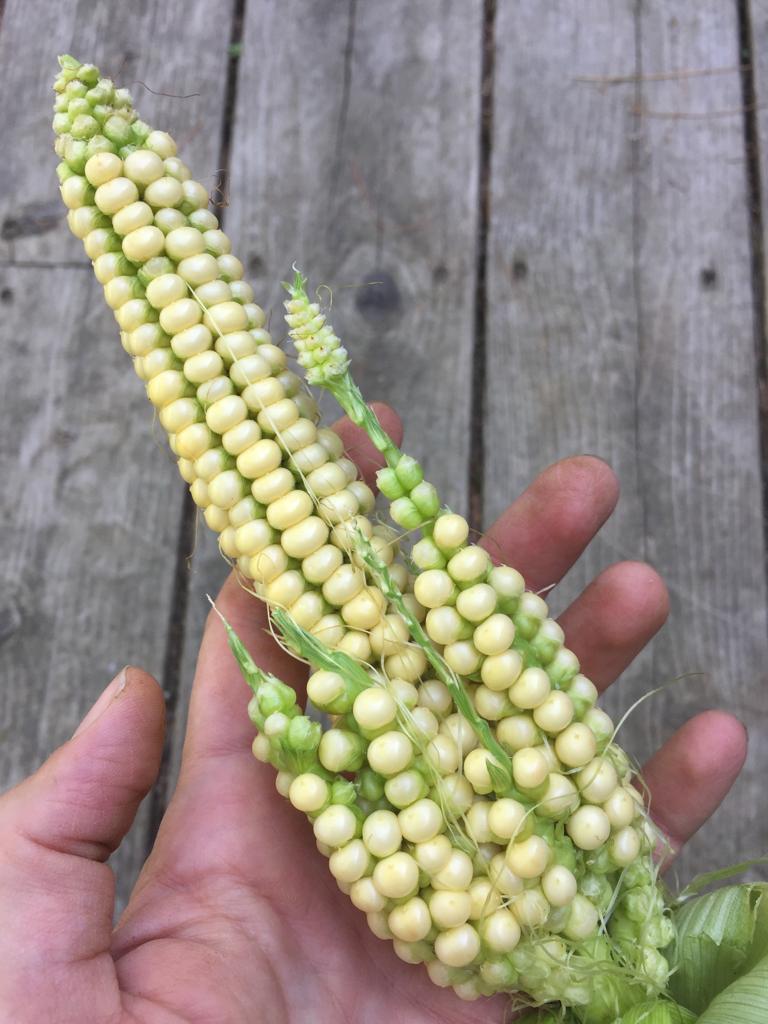
Image Source: Reddit
The yellow sweet corn, you know, and maybe love, wasn’t always so pleasing to look at. 7000 years ago, corn was just a type of weird, wild grass. It was much smaller, green in color, and had kernels as hard as rocks. Thanks to strategic cultivation, it evolved for the better.
Apple
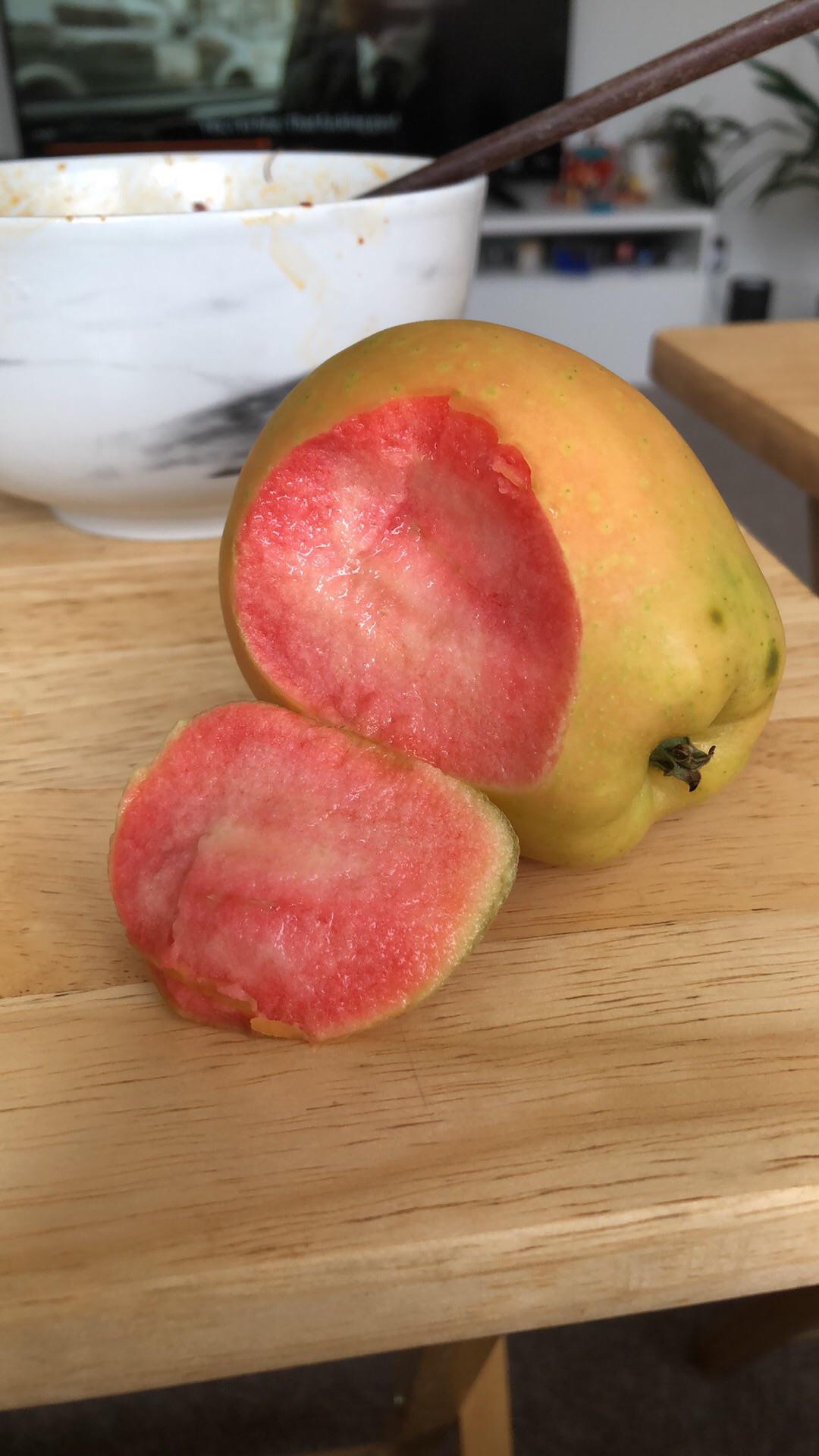
Image Source: Reddit
An apple a day keeps the doctor away, right? Well, not the kind that grew centuries ago, as these were inedible. Henry David described the ancient apple as “sour enough to make a jay scream.” What’s more, it was a lot smaller and so round it looked more like an overgrown grape than an apple.
Cabbage
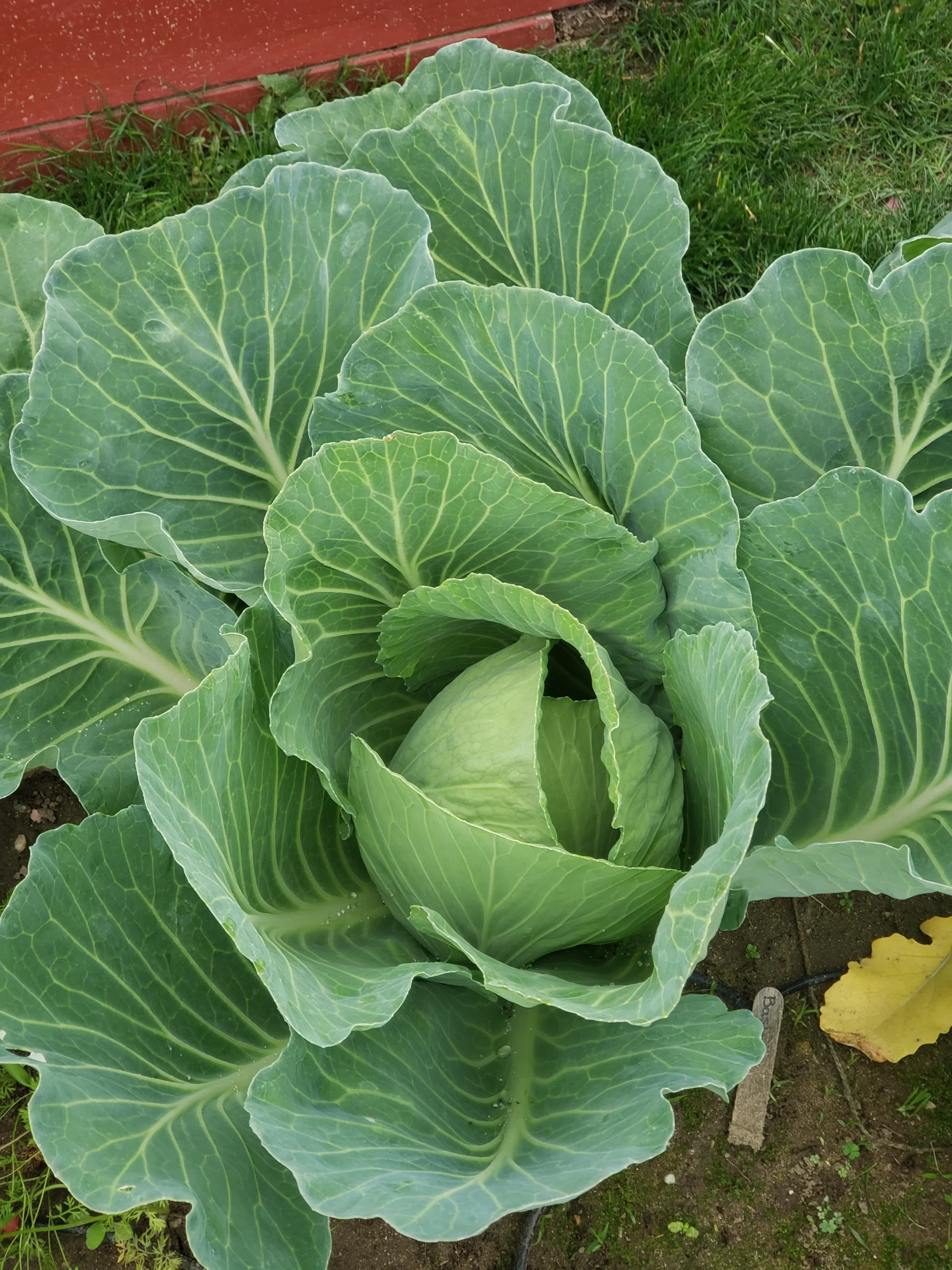
Image Source: Reddit
Today, the cabbage is a round vegetable with layers of leaves tightly wound around a dense core. That wasn’t always the case. Before our time, the cabbage was much less compact. The leaves spread over a large area, while the core was significantly smaller.
Strawberries
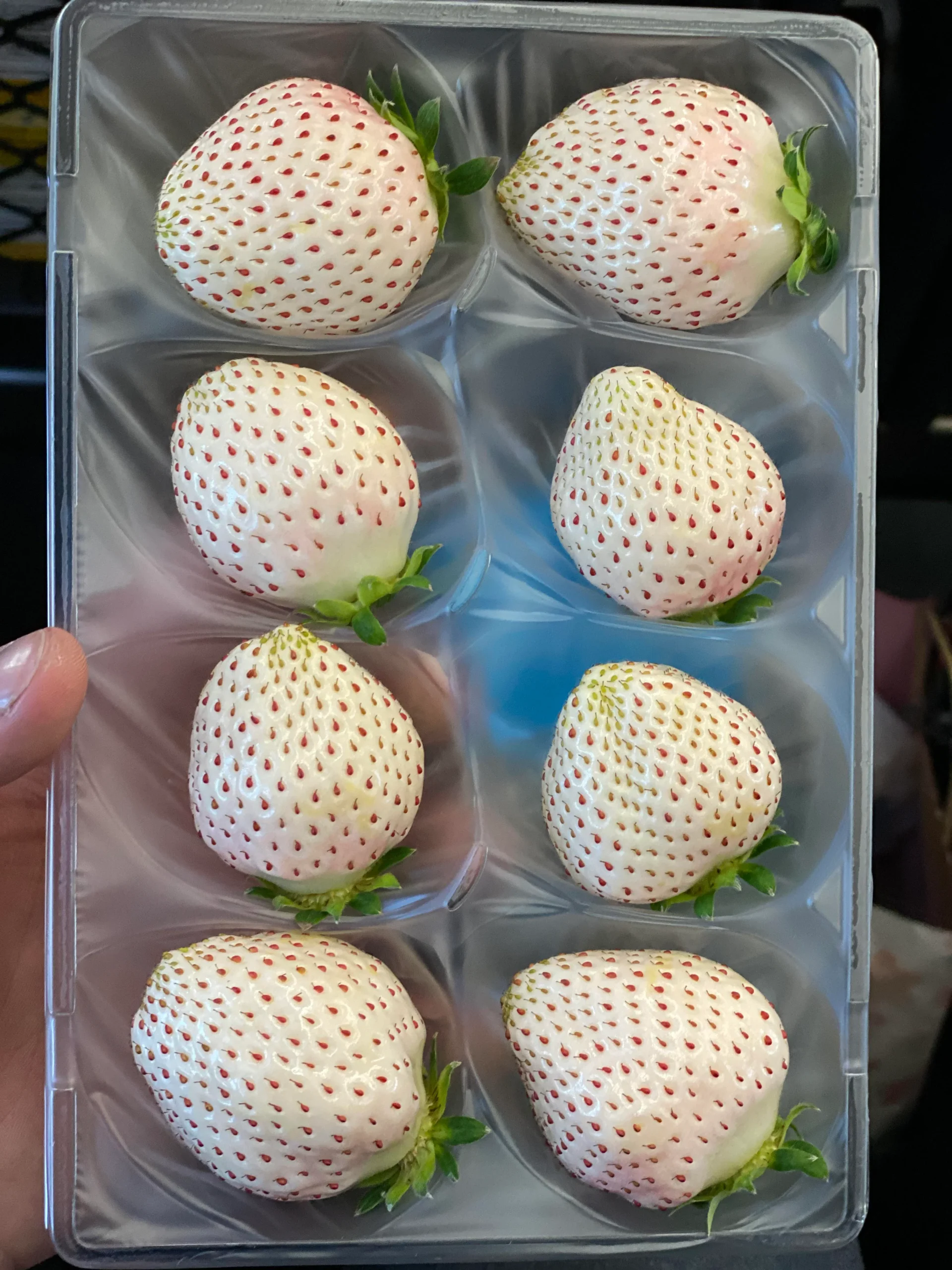
Image Source: Reddit
Who doesn’t love strawberries? The wild versions of yester centuries would, however, scare you straight. They were as white as snow or had a weird yellow hue. The wild strawberry was smaller than the one you know. However, what they lacked in size, they more than made up for in flavor.
Eggplant

Image Source: Reddit
The eggplant of old is a far cry from the modern iteration. It wasn’t purple or oval and was in fact quite round. Thanks to our intervention, the eggplant evolved into an oval, white fruit that looked like an egg hence its name. Centuries later, it evolved further into what we have today.
Cucumber
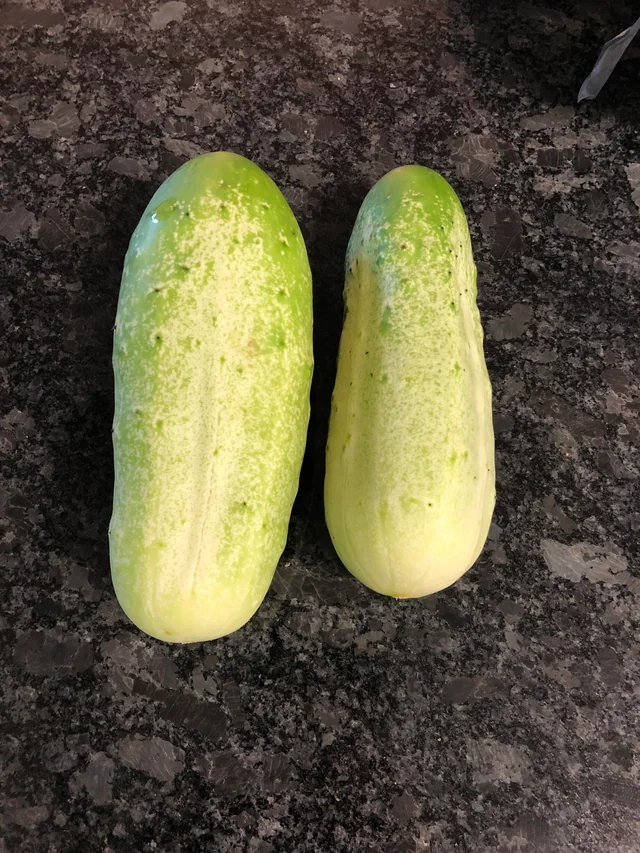
Image Source: Reddit
A spiky ball that seemed to warn you to stay back, the cucumber of 11,000 years ago is practically unrecognizable from the modern variety, which you may know to be tapered and cylindrical. Moreover, the older cucumbers amassed an ill reputation for being bitter and sour.
Carrots
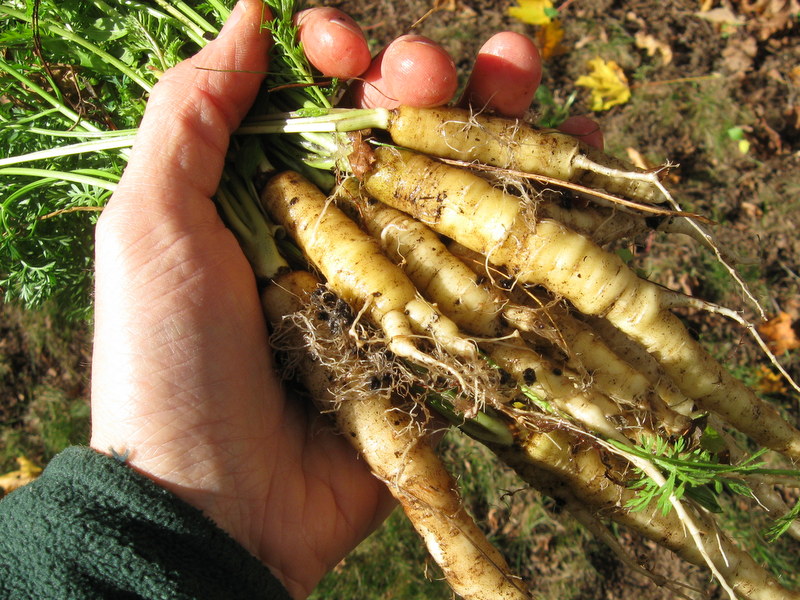
Image Source: JOSH FECTEAU
The average carrot is typically orange, although we have a variety of other hues, including deep purple. Back in the day, the carrot wasn’t as vividly colorful as it is today. It was as pale as a ghost and was probably fancied more by wild animals than humans.
Peach
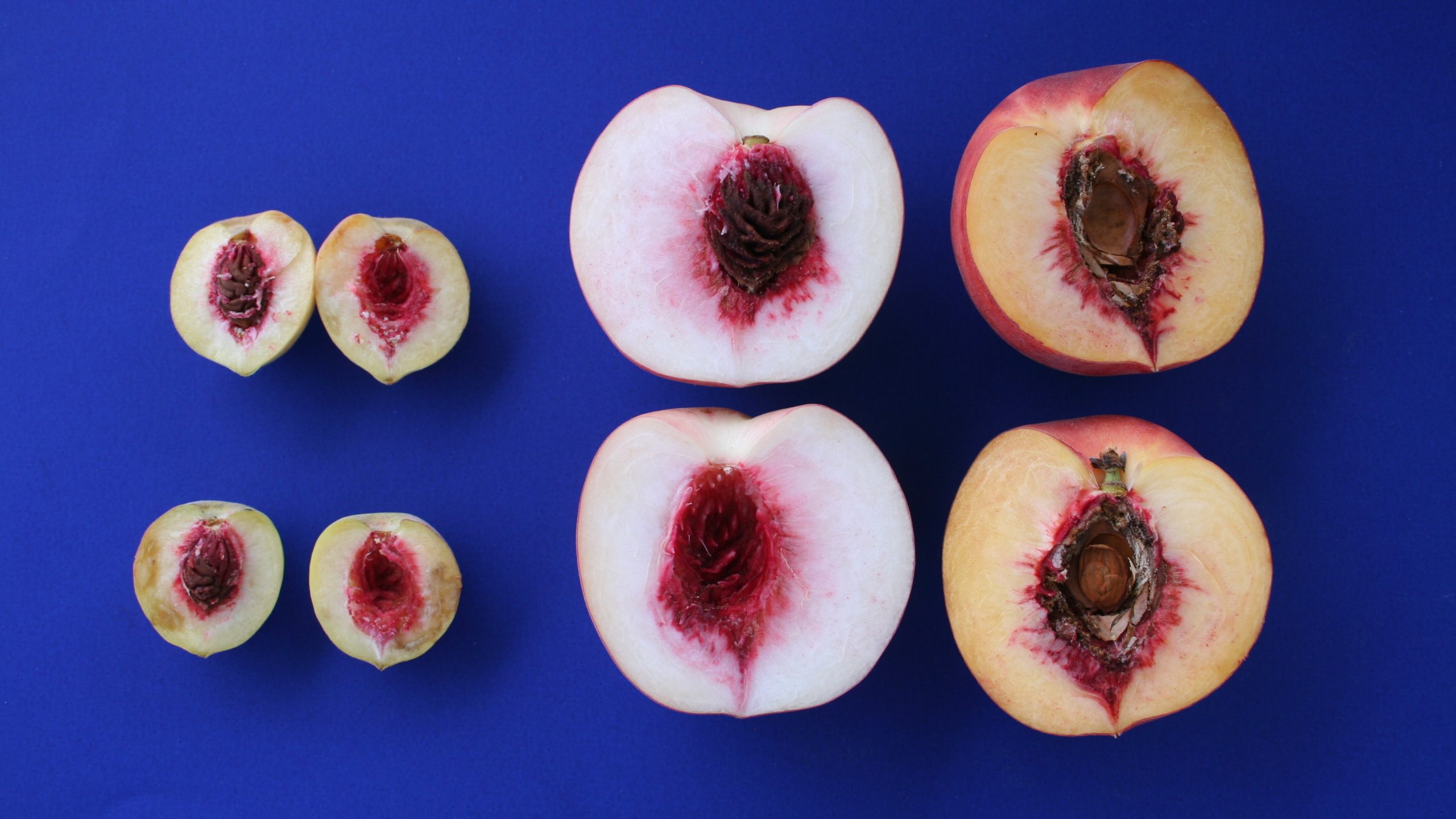
Image Source: NPR
If you were to travel 7,500 years back in time, you’d be forgiven for mistaking the peach for a cherry. It was just as small and had a massive seed inside. The peach has since evolved to average ten times the circumference of the cherry, and today, it looks more like a baseball than the former.
Watermelon
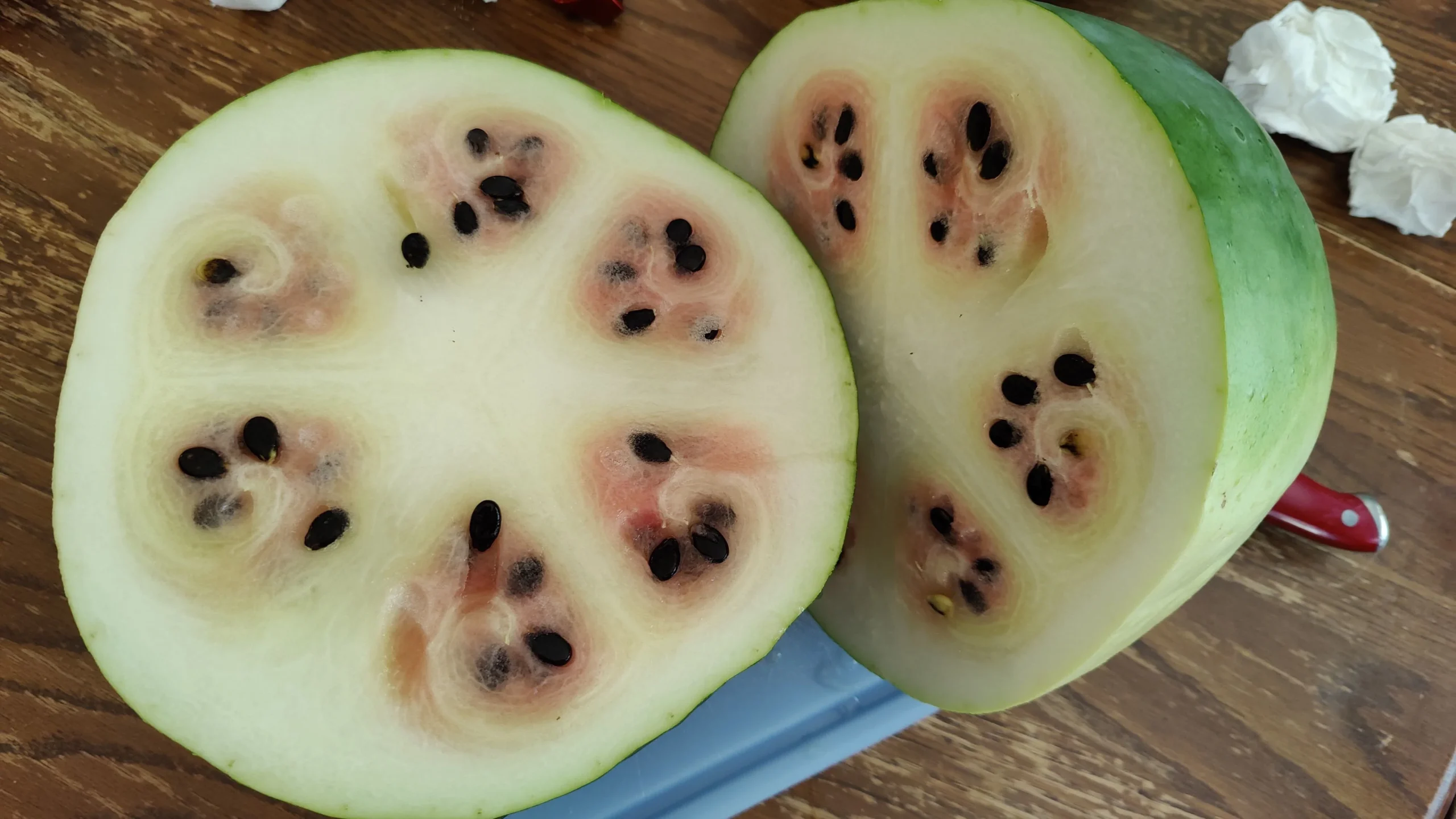
Image Source: Reddit
Your favorite summer treat used to look a whole lot different in the 17th century. Thanks to some ancient paintings, we now know that the old watermelons had six chambers compared to the modern version, which is just one seamless flesh with no subdivisions. They were also smaller.
Tomatoes
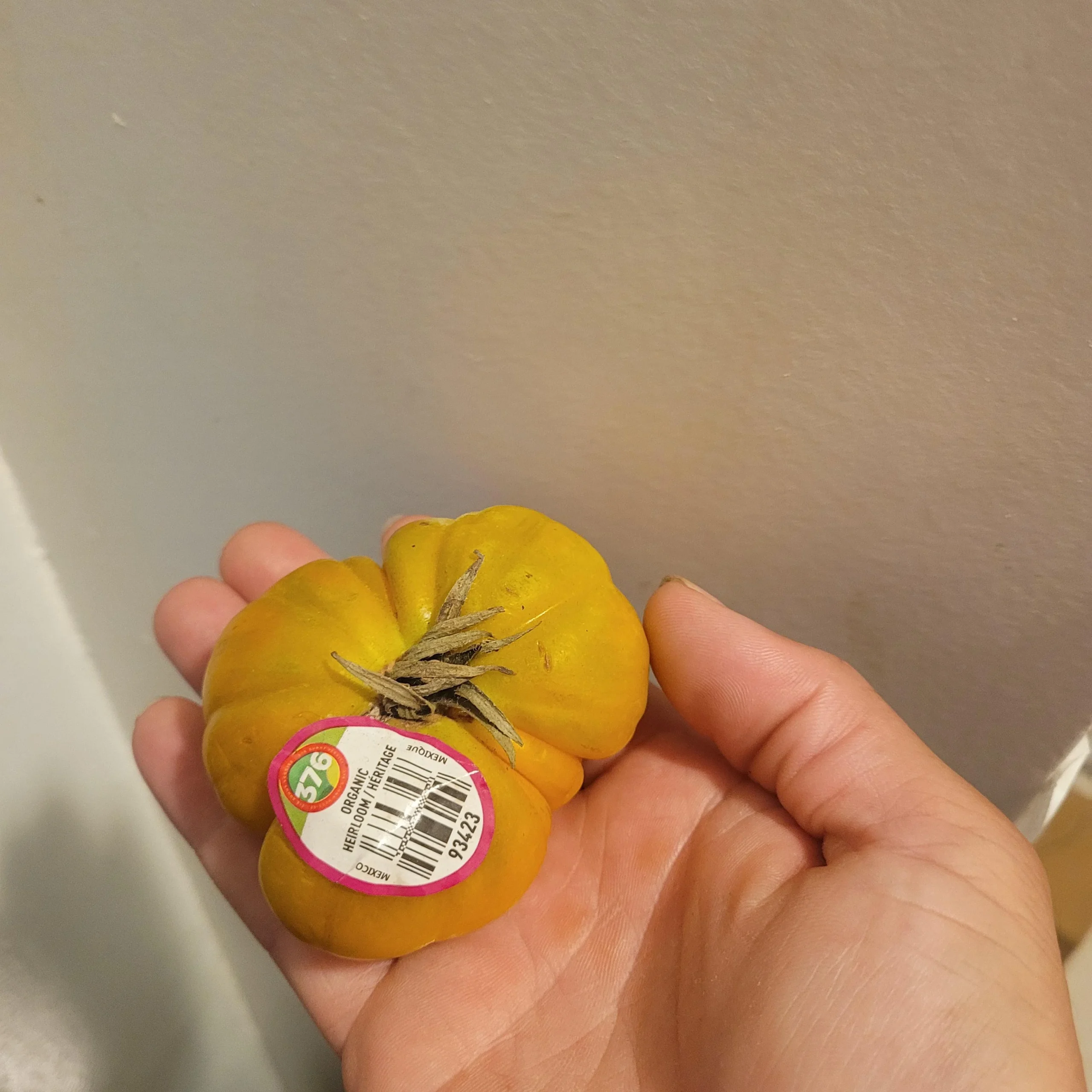
Image Source: Reddit
The first tomatoes were nowhere near the image you have in your head right now. They were mainly yellow instead of red and so small that they also looked like cherries. Some reports have even depicted the tomato’s shape to be flatter. Genetic tinkering ensured improvements in size and flavor.
Plums
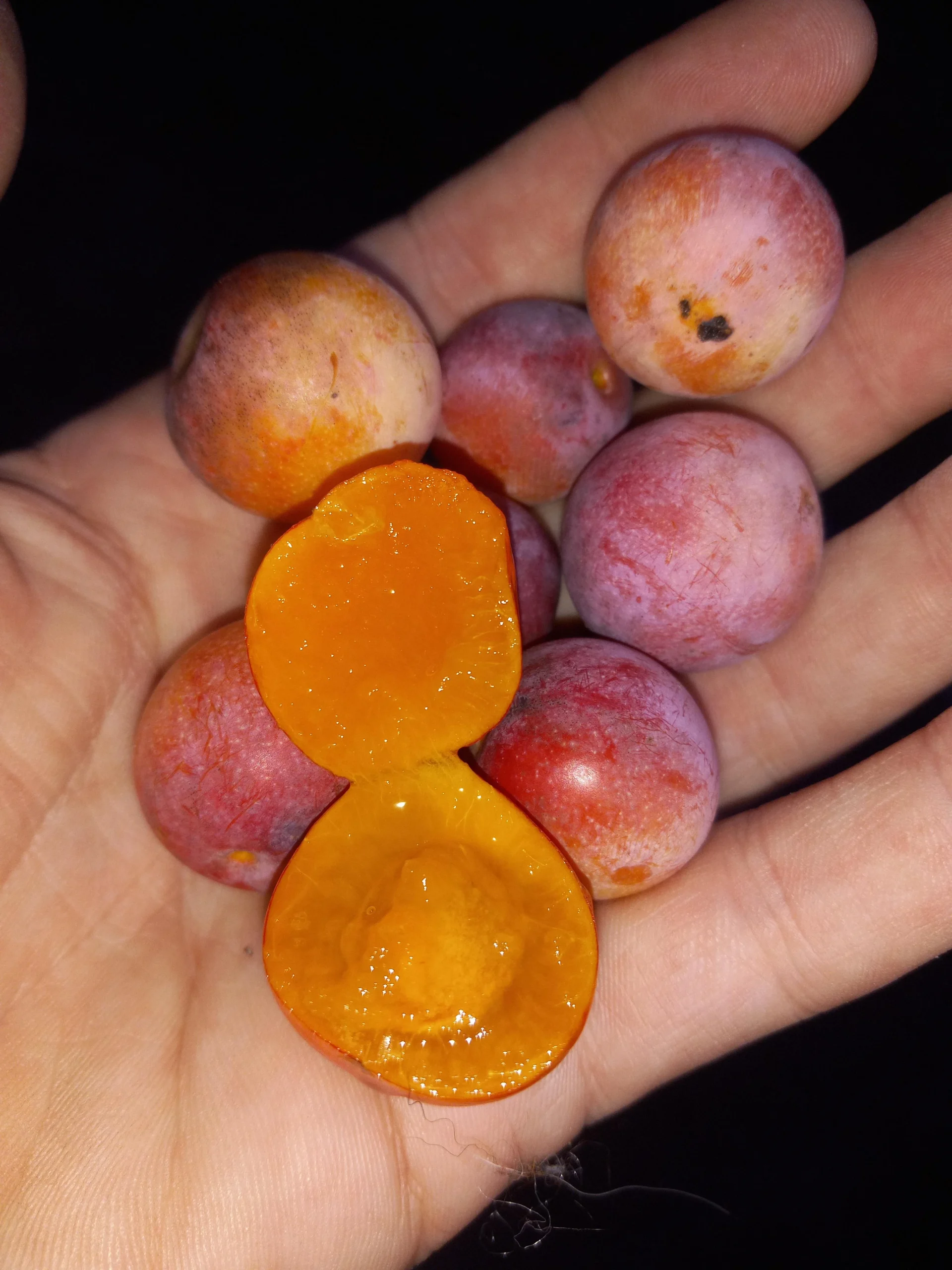
Image Source: Reddit
Plums have worked their way through thousands of years as stone fruits perfect for a sweet tooth. Wild plums were nothing like the domesticated ones of today. The fruits were a turn-off for your taste buds, while the skin was much tougher. That all changed with genetic tinkering.
Grapes
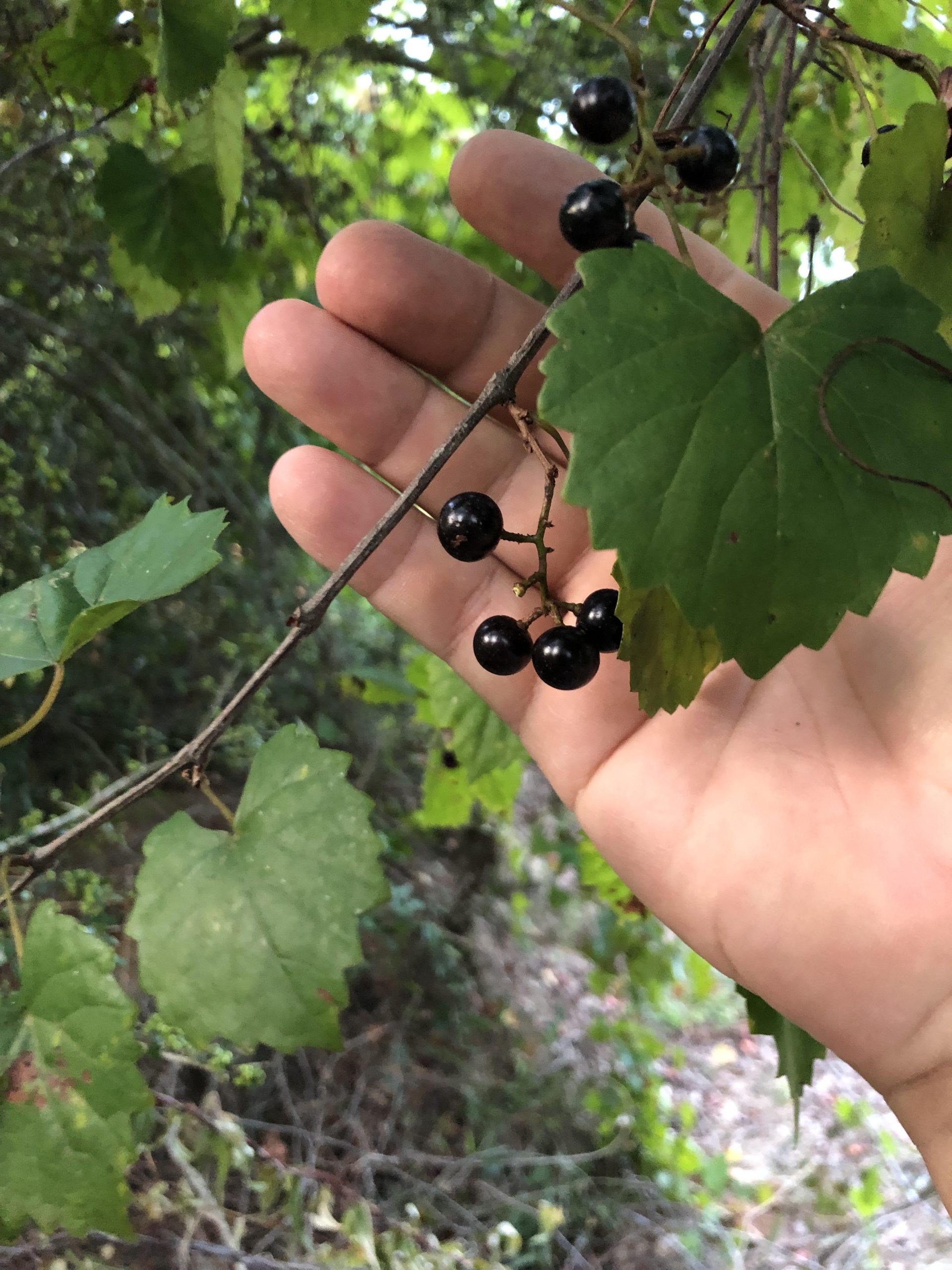
Image Source: Reddit
Can you believe that grapes have been around for 22,000 years? Astonishing! They are among the very first wild fruits that we domesticated. Wild grapes of then were not as fragile as their successors. Besides being more resilient, they were also less sweet and tinier.
Oranges
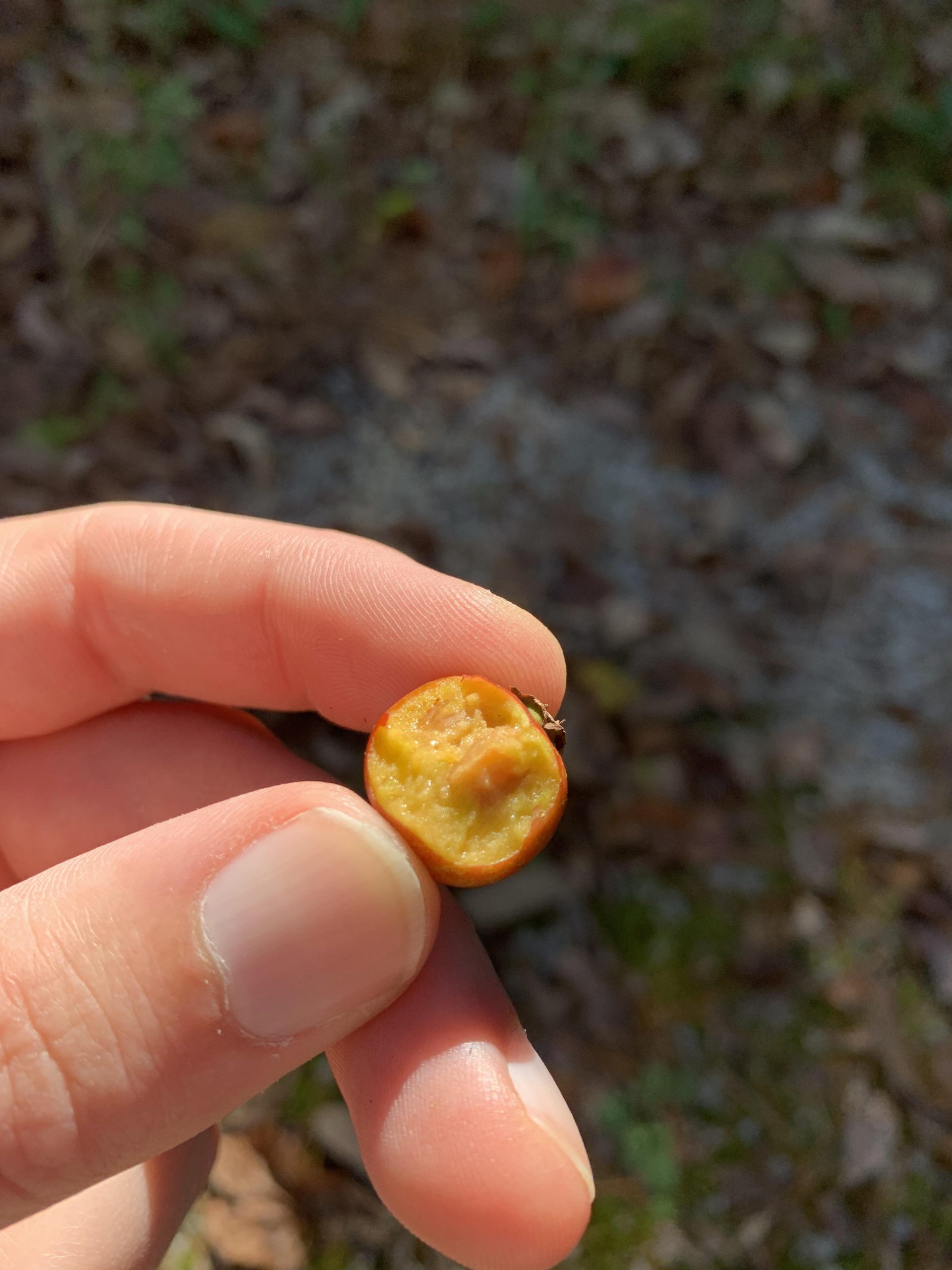
Image Source: Reddit
The wild orange gave the lemon a run for its money in terms of taste. It also bore great resemblance to the latter (except for color, of course) as it was much more reserved in size before genetic engineering and crossbreeding saw to its evolutionary upgrade.
Potatoes

Image Source: Reddit
Potatoes have become a common ingredient in many of our favorite meals, but they were relatively unknown a couple of millennia back. I did some digging and research and discovered that the old potatoes didn’t look like potatoes. They were no larger than peas.
Chicken
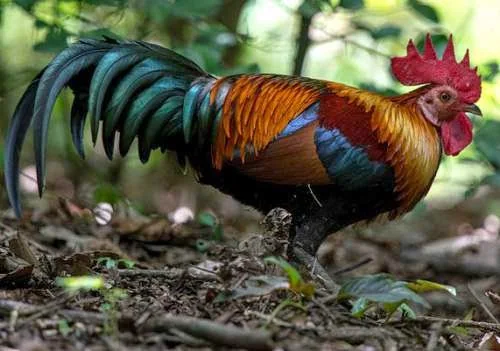
Image Source: Reddit
Which came first, the chicken or the egg? Certainly, chickens have come a long way since their first appearance 10,000 years ago. Domestic chicken, in particular, evolved from the red junglefowl, which boasts brighter colors and a smaller body mass than modern varieties.
Shrimp

Image Source: Reddit
Shrimps have existed for about 360 million years but weren’t always tiny. According to fossils unearthed a while back, the original shrimp was a creature that, sizewise, looked more like your typical lobster. If you look closer, you’ll notice shrimps still have lobster-like features.
Turkeys

Image Source: Reddit
The original turkey was so lean and small that you might have needed quite a number to pull off your typical Thanksgiving dinner. That all changed when we started domesticating them about 2,000 years ago. With strategic cross-breeding, the average turkey went from 13 pounds to 30.
Sheep
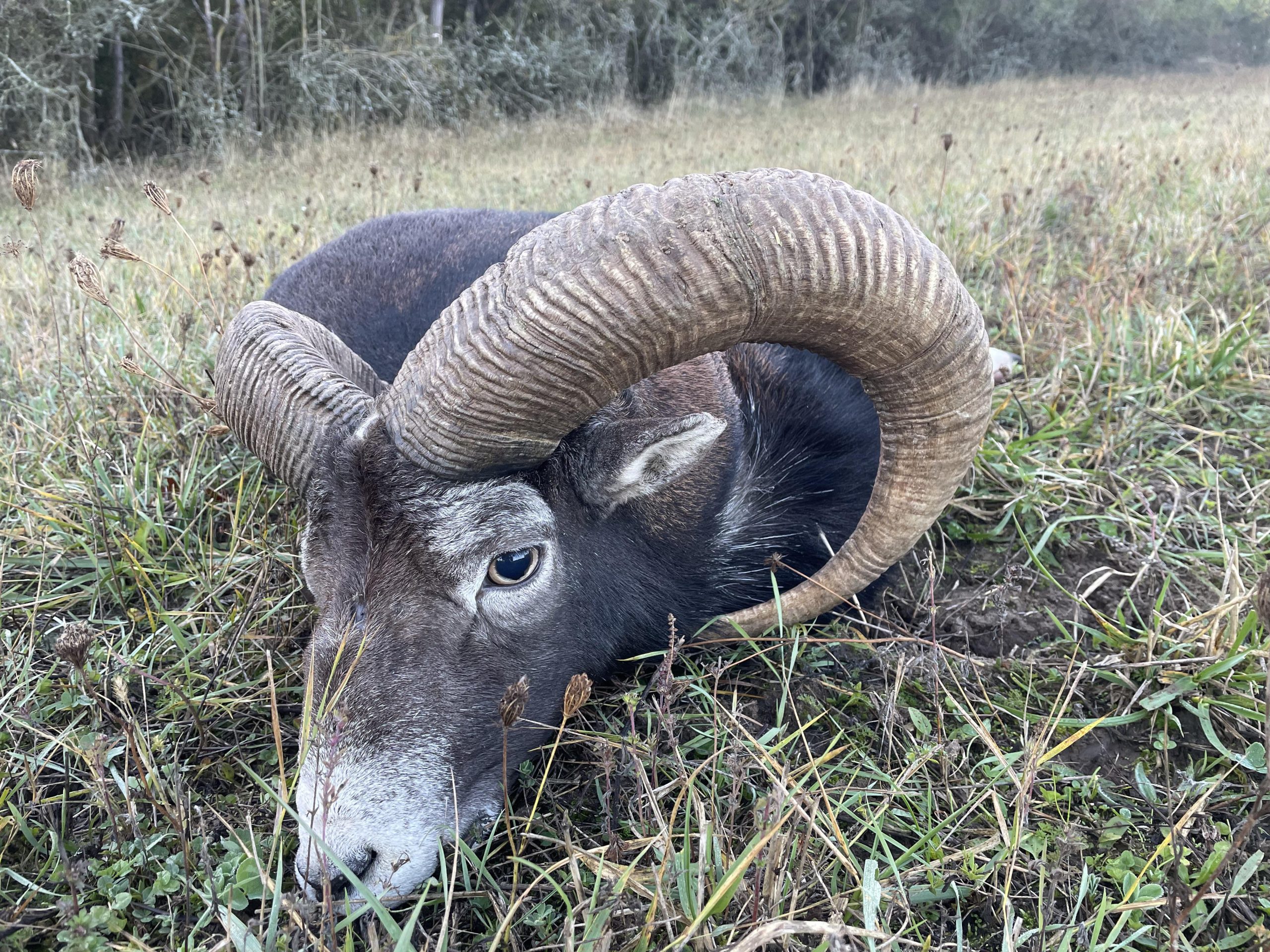
Image Source: Reddit
Centuries ago, the meek and wooly sheep you know didn’t exist. Instead, we had the wild mouflon, which looked more like a deer than a sheep and had large, bendy horns. Plus, their alluring coats came in a plethora of beautiful hues. The mouflon still lingers in some parts of the world.
Pigs

Image Source: Reddit
Pigs are responsible for many of our favorite breakfast treats, from bacon to sausages. 11,000 years ago, however, the wild pig – or boar– was a smaller, docile creature with large tusks protruding from its mouth. It got fattier, less fearful of humans, and developed leaner fur.
Salmon

Image Source: Reddit
Salmons are one of my favorite types of fish. I’m not sure I’d feel the same way a couple of thousands of years ago, though. The salmon was only about a tenth of its average size before genetic modification and possessed a much darker and more terrifying skin tone.
Celery
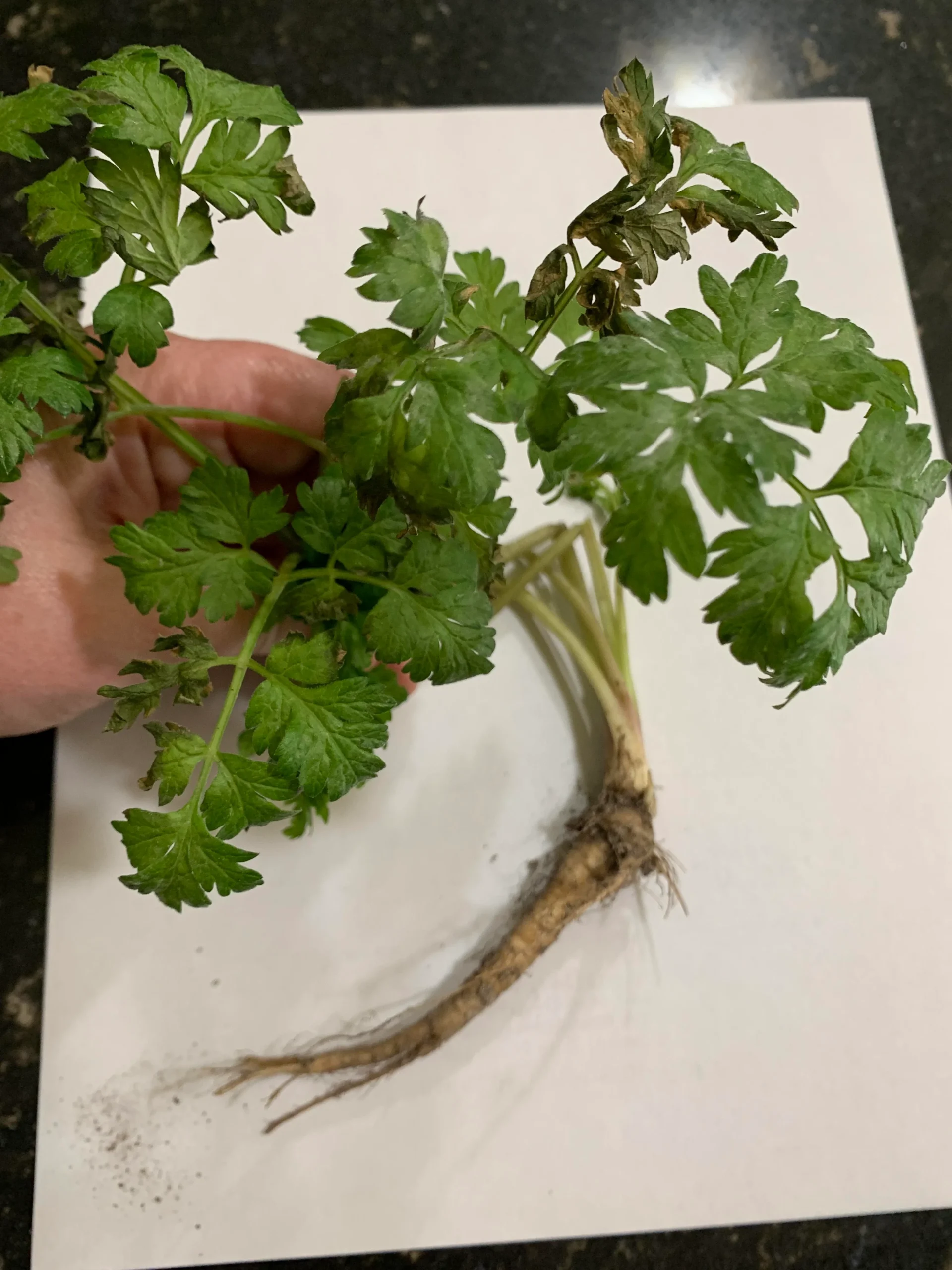
Image Source: Reddit
Do you like celery? It might have thick stalks and is extra leafy today, but that wasn’t always the case. Before domestication, the wild celery was barely succulent or fleshy. The stalk was skinny and had no leaves but seeds perched atop some even thinner branches.
Mangoes
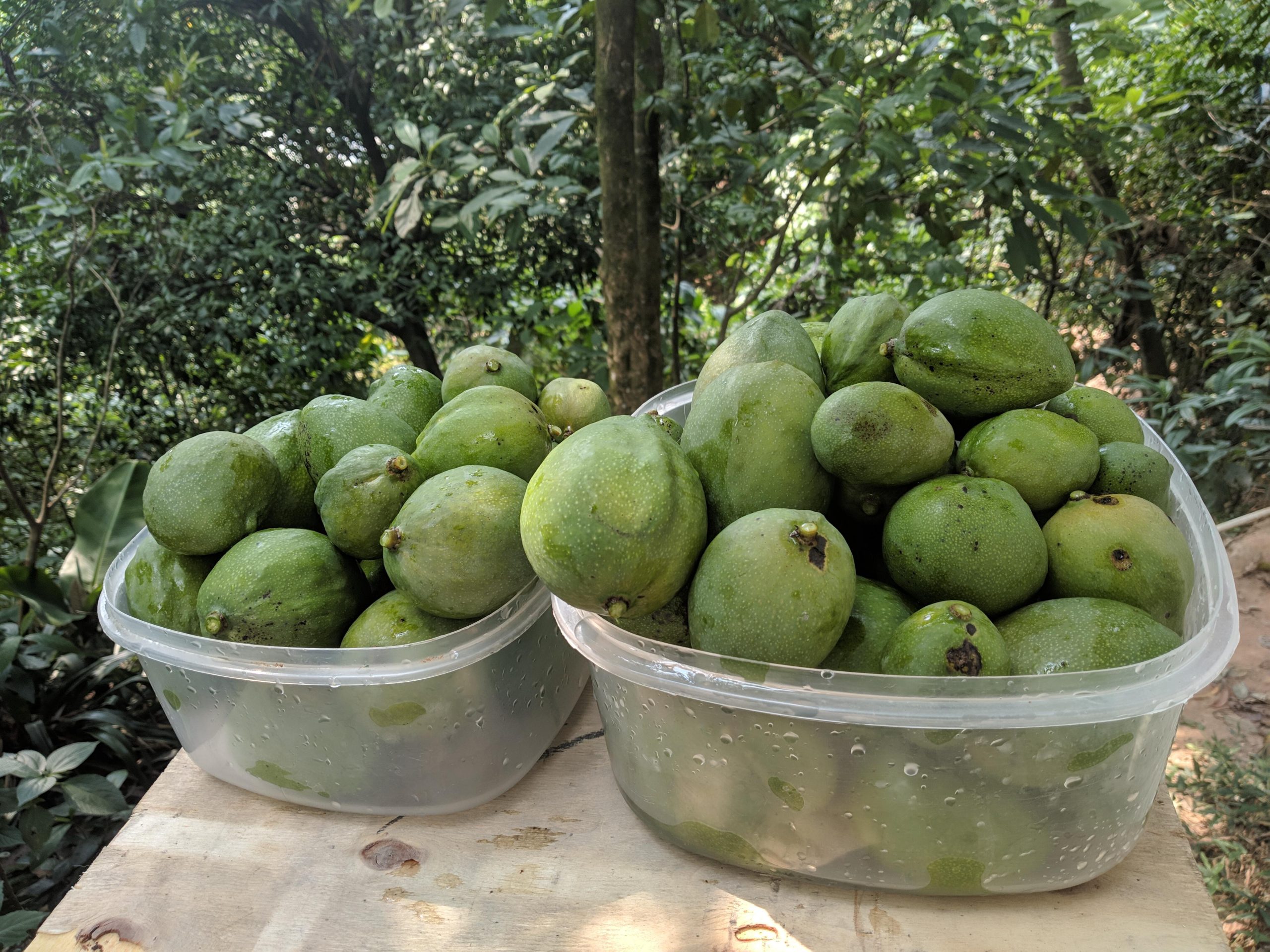
Image Source: Reddit
If your great-great-great-great ancestor were to wake up from his grave, you’d have a hard time convincing him that modern mangoes are, in fact, mangoes. They weren’t always as big or vibrant as they are today. The wild mango was quite small and wasn’t your typical go-to fruit.
Lemons
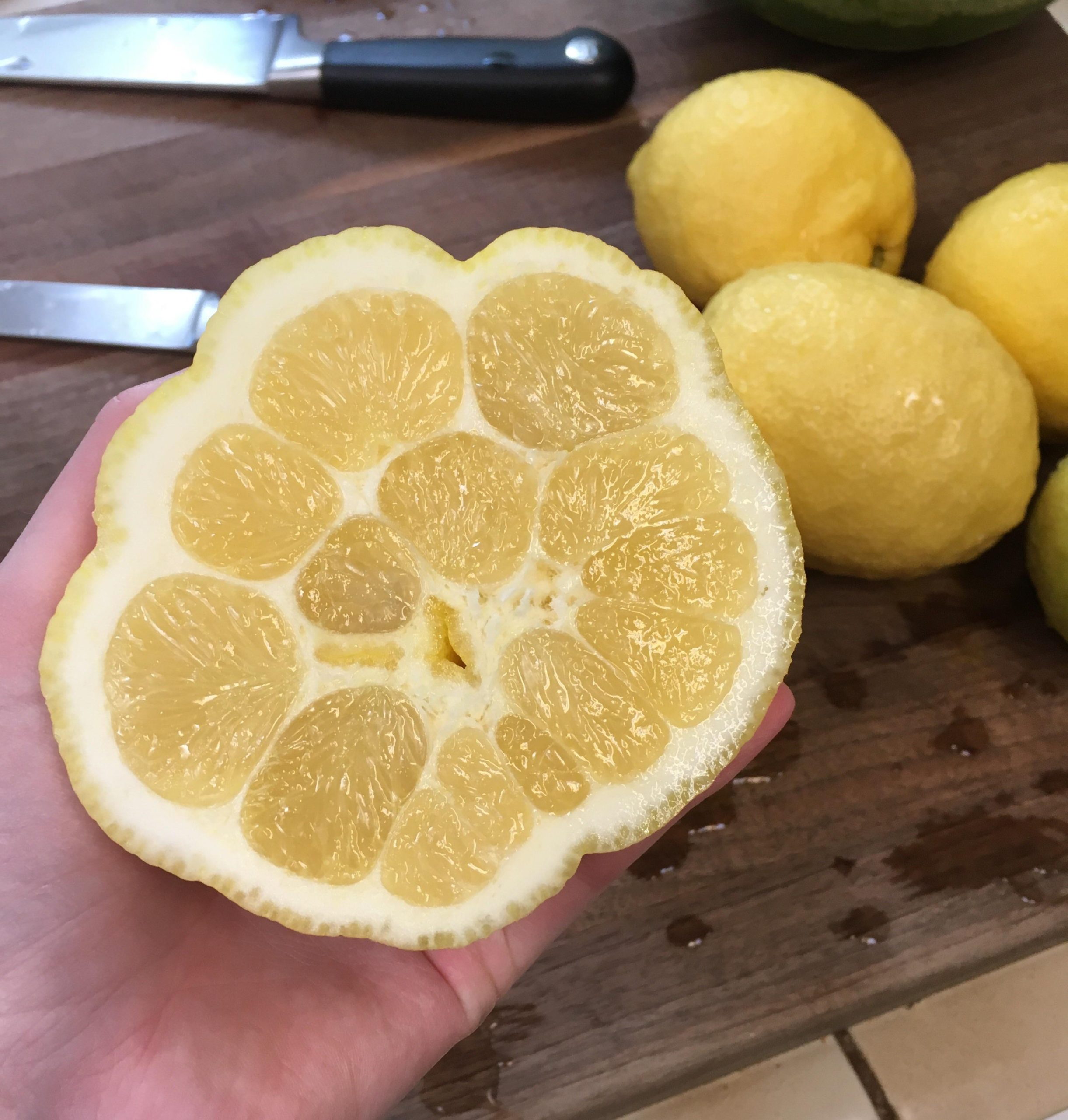
Image Source: Reddit
I think we got shortchanged by evolution when it comes to lemons. The original fruit was a sight for sore eyes with its compelling yellow shades and all-around aesthetic appeal. Not only was it large, but it was also known for its fragrance. I cannot say the same for today’s iteration of the lemon.
Kales
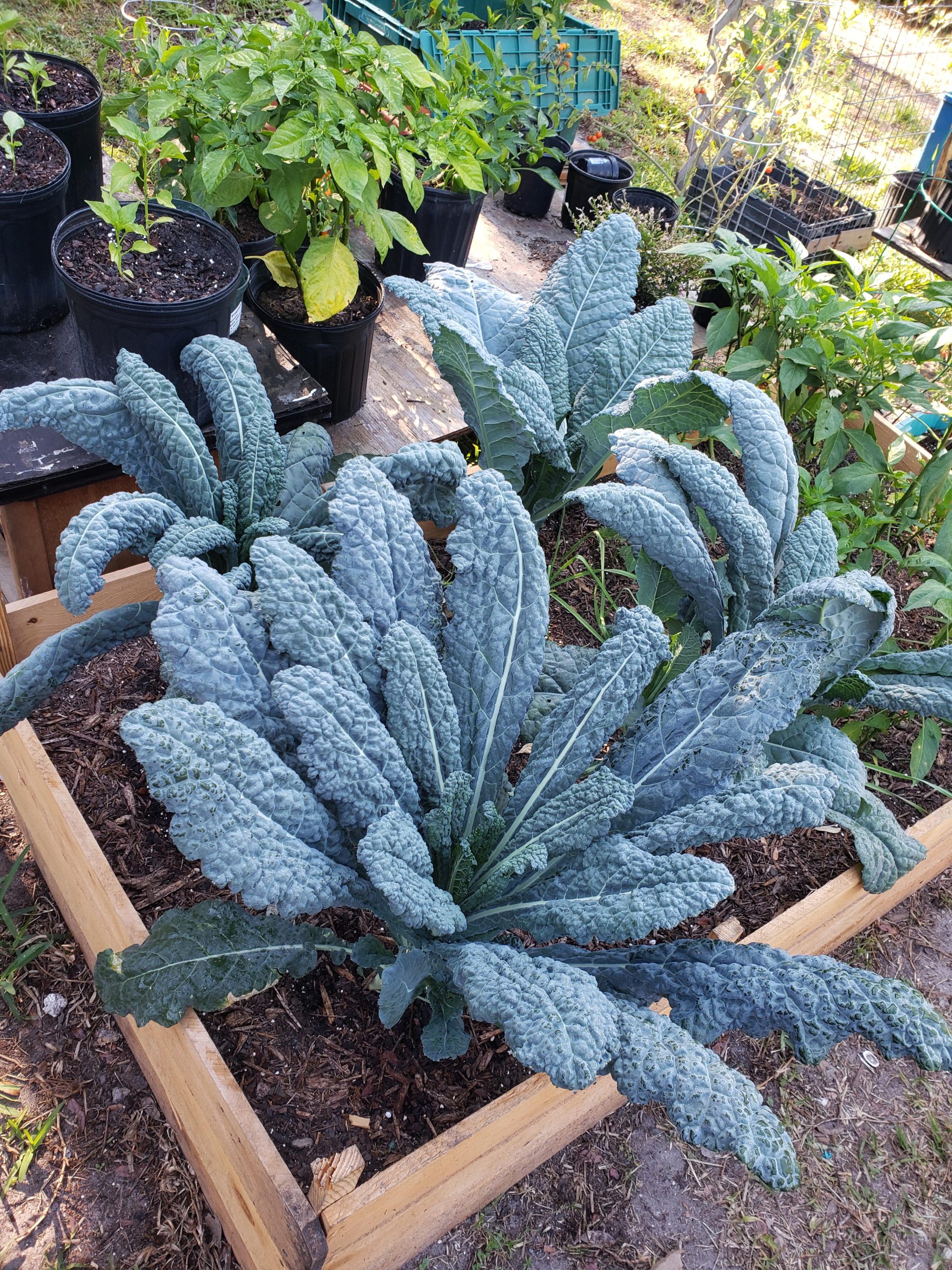
Image Source: Reddit
Kales are descendants of the wild cabbages of the Mediterranean. Centuries back, the Kale had a different appearance. With its scanty leaf count, we might as well be comparing apples and oranges. Farmers saw it was no good this way, intervening to ensure the leafier version we now have.
Walnuts

Image Source: Reddit
Until recently, the walnut’s evolution throughout time has been a mystery. However, scientists have managed to crack the Juglandaceae (walnut family) case. In a nutshell, findings indicate that the original walnut wasn’t always formed like a brain but took on various other weird shapes.
Oysters
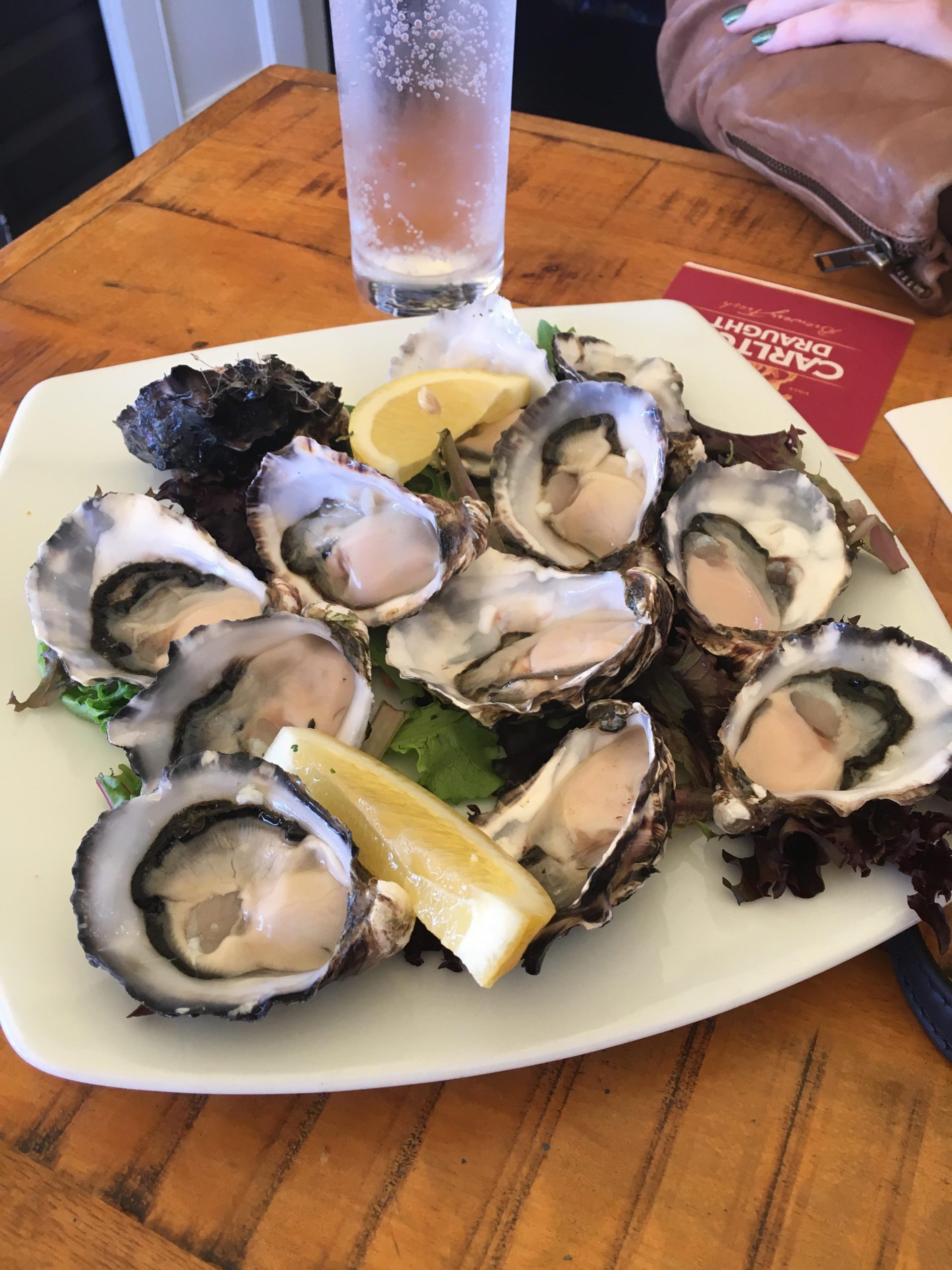
Image Source: Reddit
Oysters have gone from cheap street food to luxury dishes over the past few centuries. However, its origin story dates back to the now-extinct cephalopods called ammonoids. These had strong spiraled shells and looked like what you’d get if a squid and a prawn had a baby.
Alligators
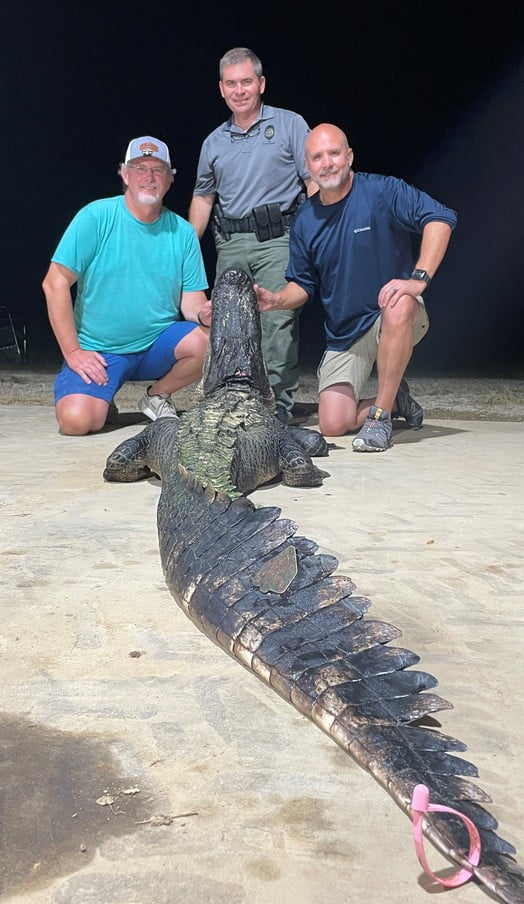
Image Source: Breezy News
The story of the alligator’s evolution is a long one, but I’ll make it snappy. Today’s version is a serious downgrade from the archosaurs, its fierce reptilian dinosaur ancestor. In terms of size, they were not as easy to get on your plate as your modern alligator.
Cows
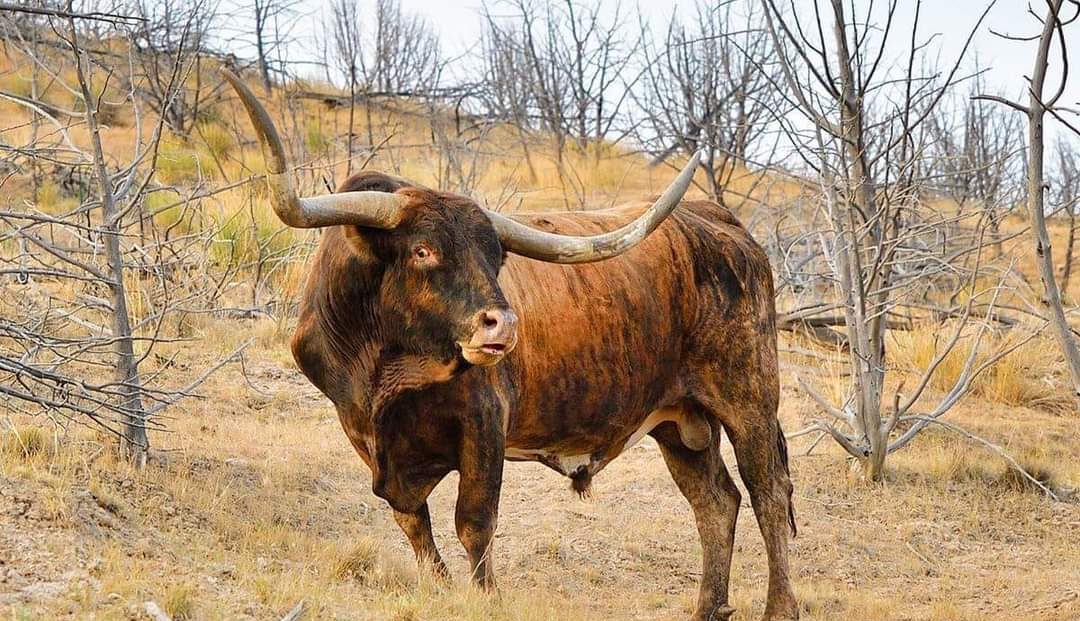
Image Source: Reddit
Cows trace their lineage to the Aurochs, which we drove to extinction in 1627. The “original cow,” if you will, was no pushover. It was the largest herbivore of its time. The Auroch had massive horns and a towering, sturdy frame that would make you super jittery.





























